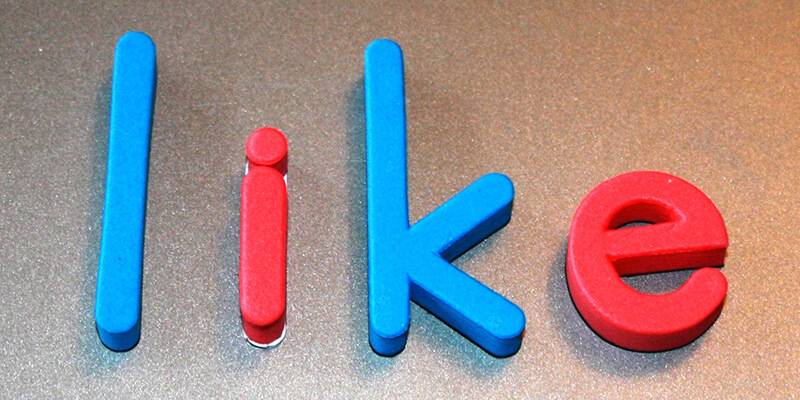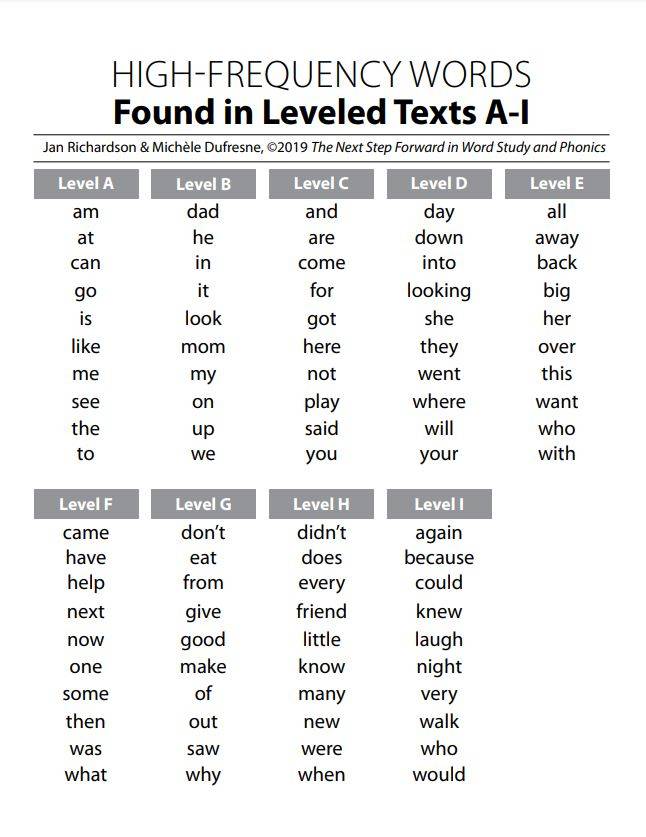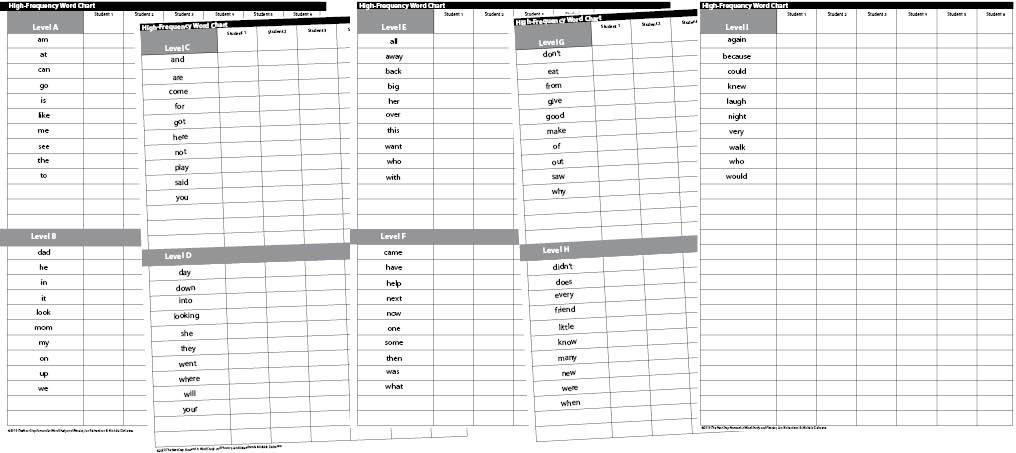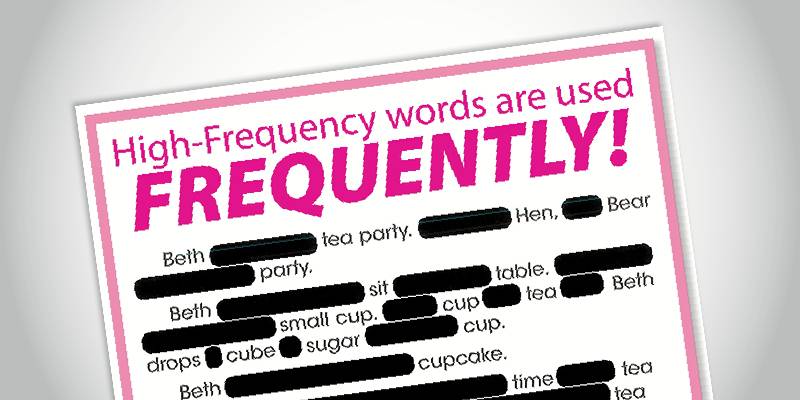Learning Center
reading
Locate high-frequency words in small-group meetings
April 13, 2015

Beginning readers need to build a core knowledge of the common words that will appear frequently within their reading. With explicit instruction, students should be fast in their recognition of those words in reading, as well as be able to write them from memory.
This includes reading and writing 30 high-frequency words by the end of the Pre-A/Emergent stage (levels A-C , which is often associated with the end of Kindergarten). Students should be able to read and write 100 high-frequency words by the end of the Early/Beginning stage (levels D-I, typically the end of first grade).
This usually leads to the first of two big questions:
- Which 30-100 words? A recommended list comes from literacy expert Dr. Jan Richardson. Through her research, she identified the most frequently used words found in leveled texts A-I.
- How do you incorporate such word work into a small-group guided-reading lesson? Follow the suggestions below.
The following should be done if this is the students’ first exposure to the high-frequency word.
Before the small-group meeting, identify a high-frequency word that appears in today’s leveled text. Then, during the book introduction, before reading the text, have students locate the word within today’s text using their index fingers to “frame” the beginning and end of the word.
After reading the text, spend the last 3-5 minutes of the meeting teaching the high-frequency word that was located at the beginning of the small group. Using magnetic letters, your instruction might sound like this.
- This word is ______. Let’s look at the beginning of the word. Run your finger under the word from left to right as you read the word aloud to the students.
- Provide each student with magnetic letters. Now I want you to make the word from left to right. While students are assembling the word independently, you do the same using your own set of magnetic letters. Model reading the word aloud running your finger under it from left to right. Now check the word you made with the letters. Were you right?
- Have students scramble the letters and rebuild the word several times. Have them check it with their eyes and fingers each time.
- Have students write the word and then check it letter by letter for correct spelling.
- Using magnetic letters, break the word apart at onset and rime: s-ee, th-e. (NOTE: The previous steps focused on letter-by-letter study. This last step now pushes students to see the multiple letters that make each sound.)
In order to build their core knowledge of words, introduce a “new” word with a new text at each group meeting. Do this for several small-group meetings. Then, spend the next couple of meetings reading new texts and reviewing several previously taught high-frequency words that appear within them.
The following should be done when reviewing several previously taught high-frequency words.
Before the small-group meeting, print the chart of high-frequency words and place each group member’s name in a box across the top. Then, during the book introduction, spend 3-5 minutes having students write two or three previously-taught words from memory on white boards. Place a checkmark in the box if the child writes the word accurately.
Continue this process for the next few small-group meetings, reviewing the most recently taught high-frequency words. Every time a student writes the word from memory, place a checkmark in the box for his column. You can consider mastery of the word once a child has six checkmarks for a word.






